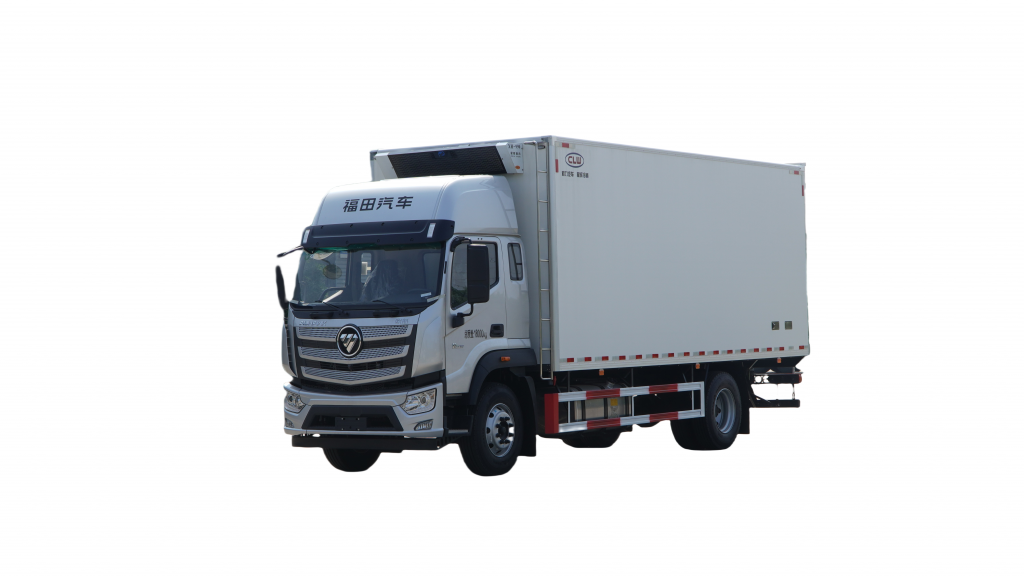Introduction
Truck mounted cranes are versatile machines used in various industries for lifting and moving heavy loads. These cranes are mounted on trucks, allowing them to be easily transported to different job sites. One crucial aspect of operating a truck mounted crane is understanding its weight and how it impacts performance, safety, and efficiency. In this article, we will delve into the significance of truck mounted crane weight, exploring its various aspects and implications.
1. Understanding Truck Mounted Crane Weight
Truck mounted cranes come in a range of sizes and configurations, each designed to handle specific weight capacities. The weight of a truck mounted crane is a critical factor that influences its overall performance and capabilities. The total weight of the crane includes the weight of the crane itself, the truck chassis, the load being lifted, and any additional equipment or attachments.
2. Factors Affecting Crane Weight
Several factors contribute to the overall weight of a truck mounted crane. These factors include the structural components of the crane, such as the boom, counterweights, and outriggers, as well as the weight of the hydraulic system, controls, and other mechanical parts. The weight of the truck chassis and the size and weight of the load being lifted also play a significant role in determining the total weight of the crane.
3. Importance of Proper Weight Distribution
Proper weight distribution is crucial for the safe and efficient operation of a truck mounted crane. The weight of the crane must be distributed evenly to ensure stability and prevent tipping during lifting operations. Improper weight distribution can lead to structural failure, accidents, and injuries. Operators must be trained to understand the importance of maintaining proper weight distribution and balance when operating a truck mounted crane.
4. Weight Capacity and Load Limits
Every truck mounted crane is designed to handle a specific weight capacity, which refers to the maximum weight that the crane can safely lift. Exceeding the weight capacity of a crane can result in equipment failure, accidents, and injuries. Operators must be aware of the weight capacity of their crane and adhere to load limits to ensure safe and efficient operation.
5. Calculating Crane Weight
Calculating the total weight of a truck mounted crane involves adding up the weights of all components, including the crane itself, the truck chassis, the load, and any additional equipment. It is essential to accurately calculate the crane weight to ensure that it is within safe operating limits. Operators can refer to the crane's specifications and consult with manufacturers or engineers for assistance in determining the crane weight.
6. Impact of Crane Weight on Performance
The weight of a truck mounted crane directly impacts its performance and capabilities. Heavier cranes may have higher lifting capacities but can also be more challenging to maneuver and transport. Lighter cranes are more agile and easier to operate but may have lower lifting capacities. Operators must consider the trade-offs between weight and performance when selecting a truck mounted crane for a specific job.
7. Safety Considerations

Safety is a top priority when operating a truck mounted crane, and understanding crane weight is essential for ensuring safe working conditions. Overloading a crane beyond its weight capacity can lead to equipment failure, structural damage, and accidents. work trucks for sale must follow proper safety protocols, conduct regular inspections, and adhere to weight limits to prevent accidents and injuries.
8. Regulations and Standards
Government regulations and industry standards govern the operation of truck mounted cranes to ensure safety and compliance. These regulations include weight limits, load restrictions, licensing requirements, and inspection protocols. Operators and companies must be aware of these regulations and adhere to them to avoid fines, penalties, and legal liabilities.
9. Training and Certification
Proper training and certification are essential for operating a truck mounted crane safely and efficiently. Operators must be trained in crane operation, weight calculations, safety procedures, and maintenance practices. Certification programs provide operators with the knowledge and skills needed to operate a crane effectively and comply with regulations.
10. Conclusion
In conclusion, understanding truck mounted crane weight is vital for safe and efficient crane operation. Operators must be aware of the factors that contribute to crane weight, the importance of proper weight distribution, weight capacity limits, and safety considerations. By following regulations, conducting regular inspections, and receiving proper training, operators can ensure the safe and successful operation of truck mounted cranes in various industries.
